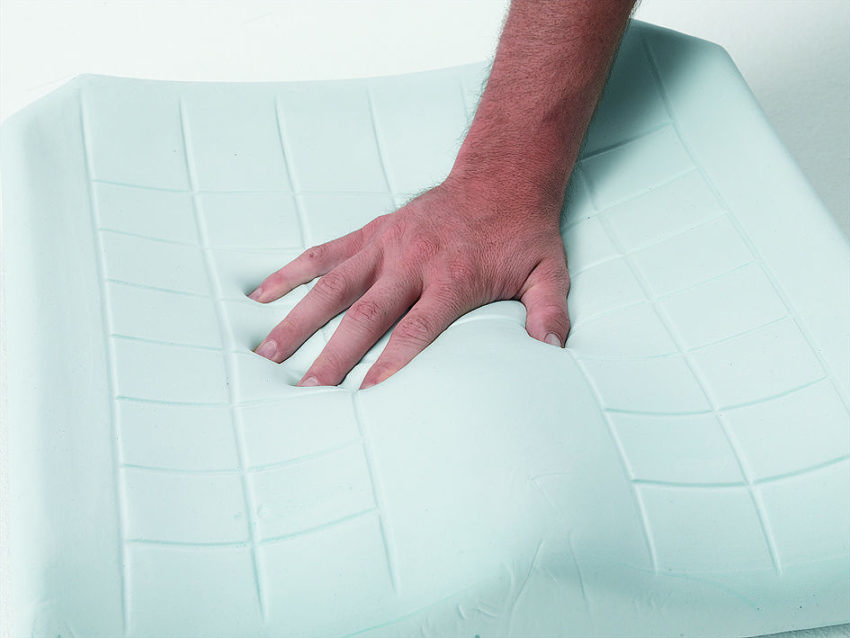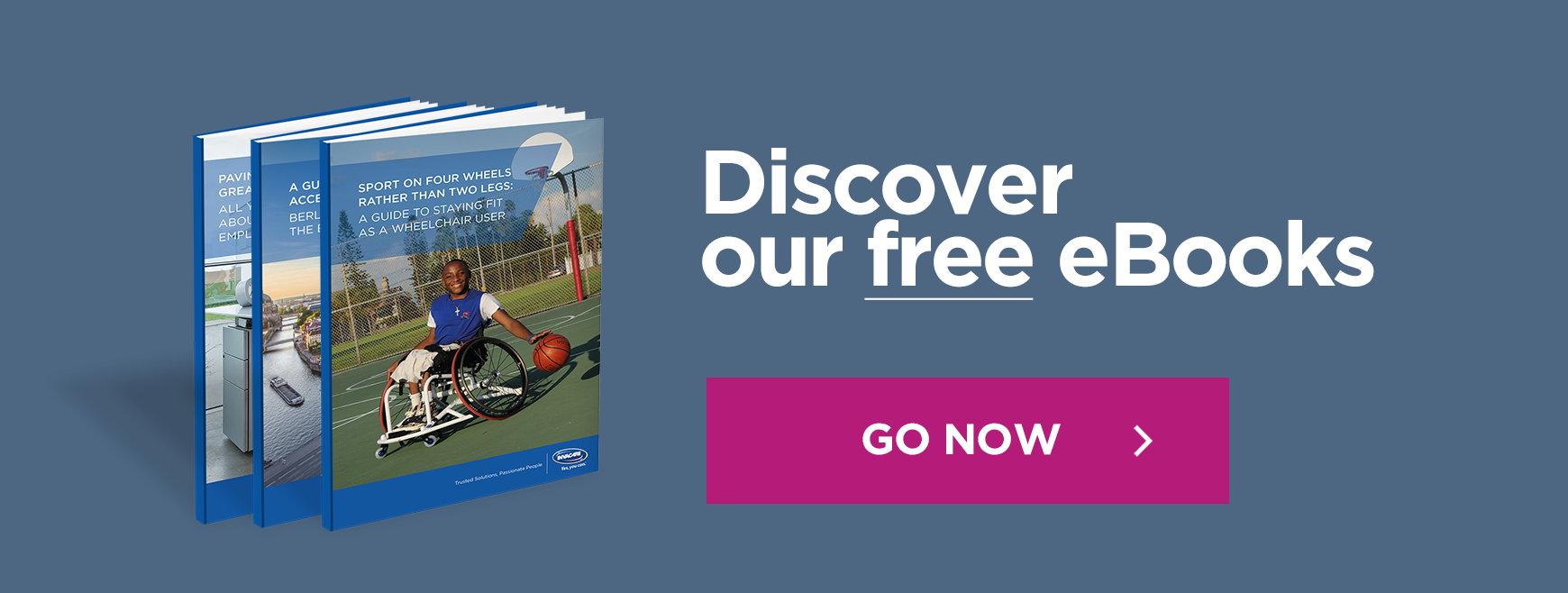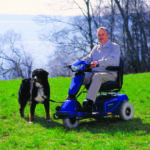Memory Foam Cushion – A Piece of NASA Tech in Your Wheelchair

Yes, you read the title correctly. The thing we nonchalantly throw under our bums as a primary aid to our pressure and posture care has an amazing origin story. Stick around and read on as we discuss the history and importance of memory foam.
History is fun, but so is science. Before we look at when and why memory foam got to be a thing, we should answer one particularly important question.
What is this thing we’re sitting on?
Okay, it’s memory foam. But what is memory foam? Without being overly technical, it consists mainly of polyurethane – an organic polymer – as well as additional chemicals that increase its viscosity and density, as per manufacturer’s needs or wishes. It is, therefore, often referred to as “viscoelastic” foam.
Memory foam derives its viscoelastic properties from several effects, all due to the internal structure of the material, mentioned above. Now, as any other foam or sponge, memory foam wants to restore its original structure when it’s deformed. This effect is generated by the deformed porous material pushing outwards to restore its structure against an applied pressure.
However, unlike other foams, in memory foam there are three opposite effects which work against this inherent need to restore its original structure. These, combined, work to slow the regeneration of the original structure of the foam, which allows for particularly useful applications, like memory foam cushion. Another useful property of the material is that higher-density memory foam softens in reaction to body heat, allowing it to mold to a warm body in a few minutes. It’s also breathable, and newer generations of memory foam contain phase-change gel which can produce temperature stabilization or cooling effect, or even provide aromatherapy.
Yes, gel. The fact that gel in your wheelchair cushion is also a type of memory foam leads us to our next point – how and when did we invent this strange material? Believe me, this is where, as they say, the plot thickens.
Not so long ago in a galaxy close, close by…
Aeronautical engineer Charles Yost helped build a recovery system for the Apollo command module in the year 1962. His work on the Apollo program would lend him another contract with NASA only four years later. And, his time, his job was to assist in the improvement of airline seating for crash and vibration protection, and the development of energy-absorbing techniques for increased survivability. Thus, he created an open-cell, polymeric “memory” foam material with unusual viscoelastic properties.
NASA’s Ames Research Center fit this material into a new airplane seat design that not only offered better impact protection in the event of an accident, but it also improved passenger comfort – especially on long flights – due to an even distribution of body weight and pressure over the entire contact area.
NASA released memory foam to the public domain in the early 1980s, but even before that, the new tech found its use in medical equipment such as X-ray table pads, and sports equipment such as American football helmet liners.
Since then, its technology advanced further – as technology often does – and got cheaper to manufacture, allowing for widespread use. Nowadays, it’s commonly found in mattresses, pillows, shoes and blankets. More importantly for us, however, are its medical uses, such as wheelchair memory foam cushions, hospital bed pillows and padding for people suffering long-term pain or postural problems. In 2006, a new generation of memory foam was introduced – gel visco or gel memory foam. It consists of gel particles fused with visco foam to reduce trapped body heat, speed up spring back time and help the mattress feel softer.
All this history and science is just scratching the surface of the wonder of memory foam cushions, but it’s enough to get us to the main point.
Why is memory foam cushion a good option for me?
If you’re reading this article, there’s a good chance you’re a person with disability using a wheelchair, or you care for someone who is. If you are or if you do, it’s also a good bet you know what a pressure sore is – it’s localized damage to the skin and underlying soft tissue, usually over a bony prominence. Pressure sores mostly form because of long-term pressure to soft tissue, or pressure in combination with friction.
As we’ve discussed in a previous article, pressure sores can and do happen to anyone, but they usually tend to affect people who are on chronic bedrest or who sit in a chair or wheelchair for extended periods of time.
Pressure relief cushions are designed to reduce pressure on skin by spreading weight over a larger surface area, and they often also minimise friction forces. These cushions must also be breathable in order to reduce any sweat or moisture build-up, which can further worsen pressure sore risk.
It’s quite obvious, therefore, that memory foam exhibits most of, if not all, properties desirable for pressure relief. They had a few disadvantages, but those were turned to even more advantages – being hypoallergenic and recyclable, for example – by using advanced materials like polyethylene terephthalate.
Which one to choose?
Pressure relief cushions are usually categorised depending on the risk of pressure sores, the severity of existing ones, and the user’s level of mobility. The four categories are: Low Risk, Medium Risk, High Risk and Very High Risk. Different cushions are suitable for each level of risk and user’s individual needs. For example, gel’s ability to displace and redistribute pressure away from bony prominences makes it quite suitable for Very High Risk users, while deep memory foam cushions are very appropriate for heavier and taller users.
Whatever the case may be, your level of risk should always be determined by a medical professional and an assessment with a wheelchair specialist will help you identify your seating goals and minimize pressure injuries. These factors, among others, will help in the selection of your memory foam cushion.
And remember, you don’t have to sit in a rocket to feel like an astronaut!







